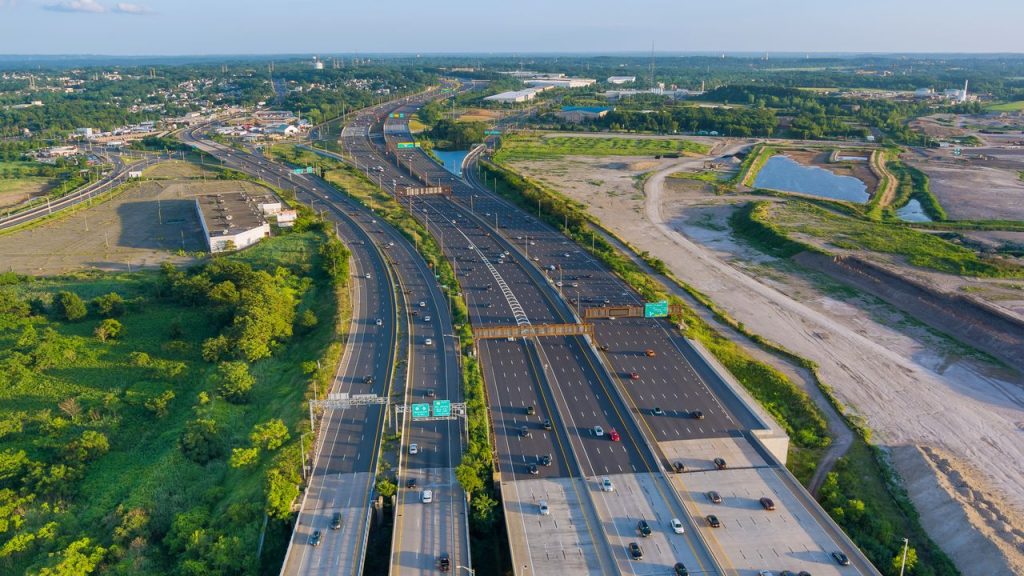Electric Vehicle Charging Infrastructure: Powering the Future
As the world shifts towards a more sustainable future, electric vehicles (EVs) are becoming increasingly popular. With their zero-emission capabilities, EVs offer a greener alternative to traditional gasoline-powered cars. However, for EVs to truly thrive, a robust and accessible charging infrastructure is crucial. In this article, we will explore the importance of public charging, the potential of wireless charging, and the significance of a well-connected charging network.
Public Charging: Empowering EV Owners
One of the key factors driving the adoption of electric vehicles is the availability of public charging stations. These stations provide EV owners with the convenience and peace of mind that they can charge their vehicles while on the go. Public charging stations are typically located in parking lots, shopping centers, and other high-traffic areas.
Public charging stations come in two main types: Level 2 and DC fast chargers. Level 2 chargers deliver power at a rate of 240 volts, allowing EVs to charge fully in a matter of hours. On the other hand, DC fast chargers provide a higher voltage, enabling EVs to charge much faster, typically in under an hour. The presence of both types of chargers ensures that EV owners have options that suit their charging needs.
Furthermore, public charging stations play a crucial role in reducing range anxiety, a common concern among potential EV buyers. Knowing that there are charging stations readily available in their area allows EV owners to confidently embark on longer journeys without worrying about running out of power.
Wireless Charging: Cutting the Cord
Imagine a world where you can charge your electric vehicle without plugging it in. That’s the promise of wireless charging technology. By utilizing electromagnetic fields, wireless charging eliminates the need for physical connections between the charger and the vehicle.
Wireless charging pads, also known as inductive charging pads, are installed in the ground or on the surface of parking spaces. When an EV equipped with a compatible receiver is parked over the pad, the charging process begins automatically. This innovative technology offers a seamless and convenient charging experience for EV owners.
While wireless charging is still in its early stages, it holds tremendous potential for the future of EV charging infrastructure. As the technology advances and becomes more widespread, we can expect to see wireless charging pads integrated into parking lots, streets, and even highways, enabling continuous charging while driving.
The Power of a Connected Charging Network
While public charging stations and wireless charging offer individual benefits, a well-connected charging network ties everything together. A robust charging network ensures that EV owners can easily find and access charging stations wherever they go.
With a connected charging network, EV owners can rely on navigation systems or mobile apps to locate nearby charging stations, check their availability, and even make reservations. This level of convenience and accessibility is essential for the widespread adoption of electric vehicles.
Moreover, a connected charging network allows for efficient management and optimization of charging stations. Data collected from charging stations can be used to analyze usage patterns, identify areas with high demand, and plan for future infrastructure expansion. This data-driven approach ensures that charging stations are strategically placed and adequately meet the needs of EV owners.
Conclusion
As electric vehicles continue to gain popularity, the development of a robust charging infrastructure is crucial. Public charging stations provide convenience and alleviate range anxiety, while wireless charging technology holds the promise of a cord-free future. A well-connected charging network ties everything together, ensuring that EV owners can easily find and access charging stations wherever they go. By investing in electric vehicle charging infrastructure, we can power the future of transportation and move towards a greener and more sustainable world.


